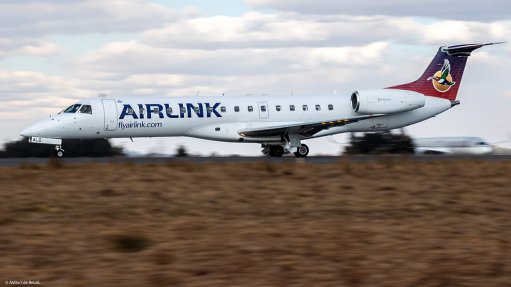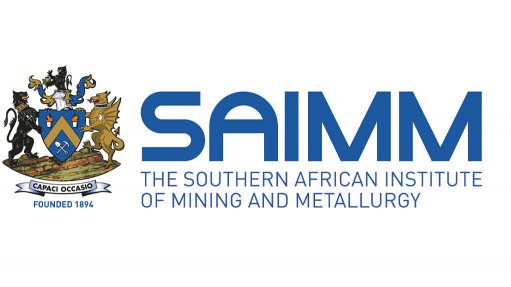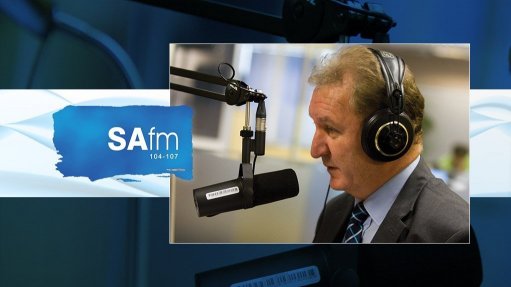SANDF to receive first unmanned air vehicle later this year
“ATE regards a Vulture system as being the UAV launch vehicle, a ground-control vehicle, a recovery vehicle, two fully-operational UAVs and a logistics support package,” explains company MD Carel de Beer.
The Vulture will serve as the airborne forward observer for the artillery arm of the South African Army, essential as the Army’s G5 towed and G6 self-propelled 155 mm gun/howitzers can fire ‘over the horizon’ and manned observation aircraft and helicopters are both far more vulnerable and far more expensive than UAVs. “These first few systems are for evaluation purposes – because it is a new system for the SANDF, the contract states that the army will employ it for operational test and evaluation, and give us the feedback so that we can make any modifications found necessary, before further production commences,” he elucidates.
The production contract was placed with the company in February 2003 and is worth more than R160-million.
“The Vulture programme was started, with the first feasibility studies, in 1995; this was followed by the conceptual phase and thereafter by the experimental test model phase,” reports De Beer.
“During the development process we did trials and demonstrations at Alkantpan, to prove our UAV could fly autonomously for 60 km, loiter for two hours, detect the target, perform artillery fire correction, and return and recover safely,” he states.
ATE then had to compete with State-owned Denel’s Kentron division for the production contract, which the private-sector company won.
It was the second time in the programme that ATE beat Kentron in a competitive tender process.
“The Vulture is designed around a 200 km range, which is also its radio horizon, meaning that it can transmit real-time information without using any relay systems,” he reveals.
To reach 200 km, however, the UAV must fly straight out and straight back, with limited loitering capability.
“If you want the UAV to loiter for extended periods, then the range is less,” he explains.
To meet the demands of the SANDF, the Vulture is designed to be operated by a soldier with a Grade 12 education, after only a month of training on the system.
“This means that the system has to be as automated as possible, and one of the great successes of the Vulture is that the soldiers operate a sophisticated system without knowing it,” points out De Beer.
The system works as follows: the soldier operating it sits in front of a moving map display in the ground-control station.
He clicks his mouse on his own location, clicks it on the target’s anticipated location, and clicks it on any and all desired waypoints in between (to plot a course that, for example, avoids known enemy anti-aircraft weapons).
The computer then displays the flight plan. The operator enters it into the computer.
Other soldiers have meanwhile unpacked a UAV and mounted it on the launcher, which is operated hydraulically. The entire deployment sequence takes only 30 minutes in unprepared terrain.
At this point the operator simply presses a button and the UAV is launched without the need for a pilot or runway. Over the target area, the operator clicks his mouse on the target and on the artillery fall-of-shot. The system will automatically calculate the error to perform fire correction.
The UAV flies its mission completely automatically, including its return to its recovery point.
“As it approaches its recovery site, it will pick up a laser beam that is part of the recovery system – the UAV will follow this beam down and into the recovery system, which takes the form of an energy absorption device, which safely stops it and allows the troops to recover it,” concludes De Beer.
Comments
Announcements
What's On
Subscribe to improve your user experience...
Option 1 (equivalent of R125 a month):
Receive a weekly copy of Creamer Media's Engineering News & Mining Weekly magazine
(print copy for those in South Africa and e-magazine for those outside of South Africa)
Receive daily email newsletters
Access to full search results
Access archive of magazine back copies
Access to Projects in Progress
Access to ONE Research Report of your choice in PDF format
Option 2 (equivalent of R375 a month):
All benefits from Option 1
PLUS
Access to Creamer Media's Research Channel Africa for ALL Research Reports, in PDF format, on various industrial and mining sectors
including Electricity; Water; Energy Transition; Hydrogen; Roads, Rail and Ports; Coal; Gold; Platinum; Battery Metals; etc.
Already a subscriber?
Forgotten your password?
Receive weekly copy of Creamer Media's Engineering News & Mining Weekly magazine (print copy for those in South Africa and e-magazine for those outside of South Africa)
➕
Recieve daily email newsletters
➕
Access to full search results
➕
Access archive of magazine back copies
➕
Access to Projects in Progress
➕
Access to ONE Research Report of your choice in PDF format
RESEARCH CHANNEL AFRICA
R4500 (equivalent of R375 a month)
SUBSCRIBEAll benefits from Option 1
➕
Access to Creamer Media's Research Channel Africa for ALL Research Reports on various industrial and mining sectors, in PDF format, including on:
Electricity
➕
Water
➕
Energy Transition
➕
Hydrogen
➕
Roads, Rail and Ports
➕
Coal
➕
Gold
➕
Platinum
➕
Battery Metals
➕
etc.
Receive all benefits from Option 1 or Option 2 delivered to numerous people at your company
➕
Multiple User names and Passwords for simultaneous log-ins
➕
Intranet integration access to all in your organisation


















